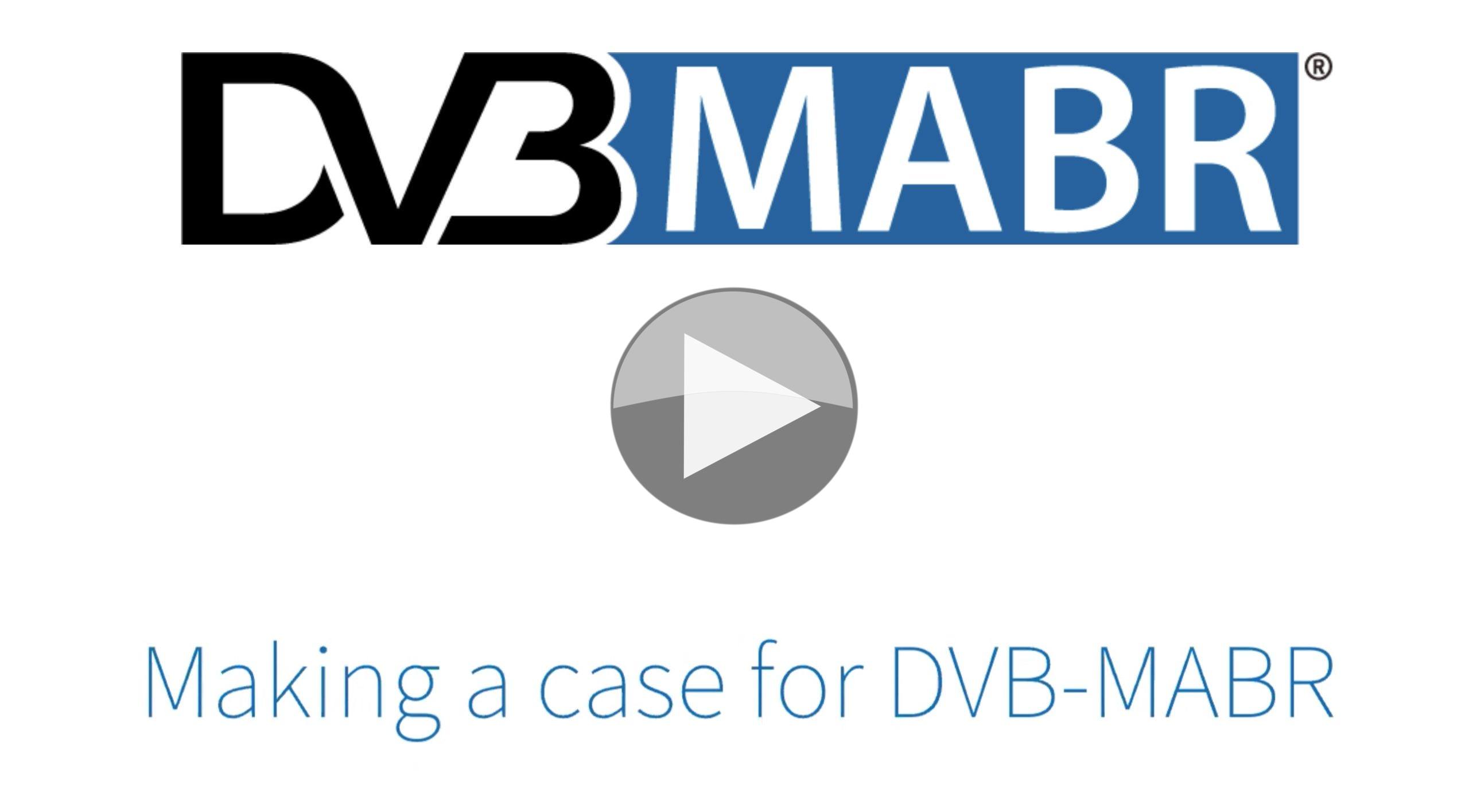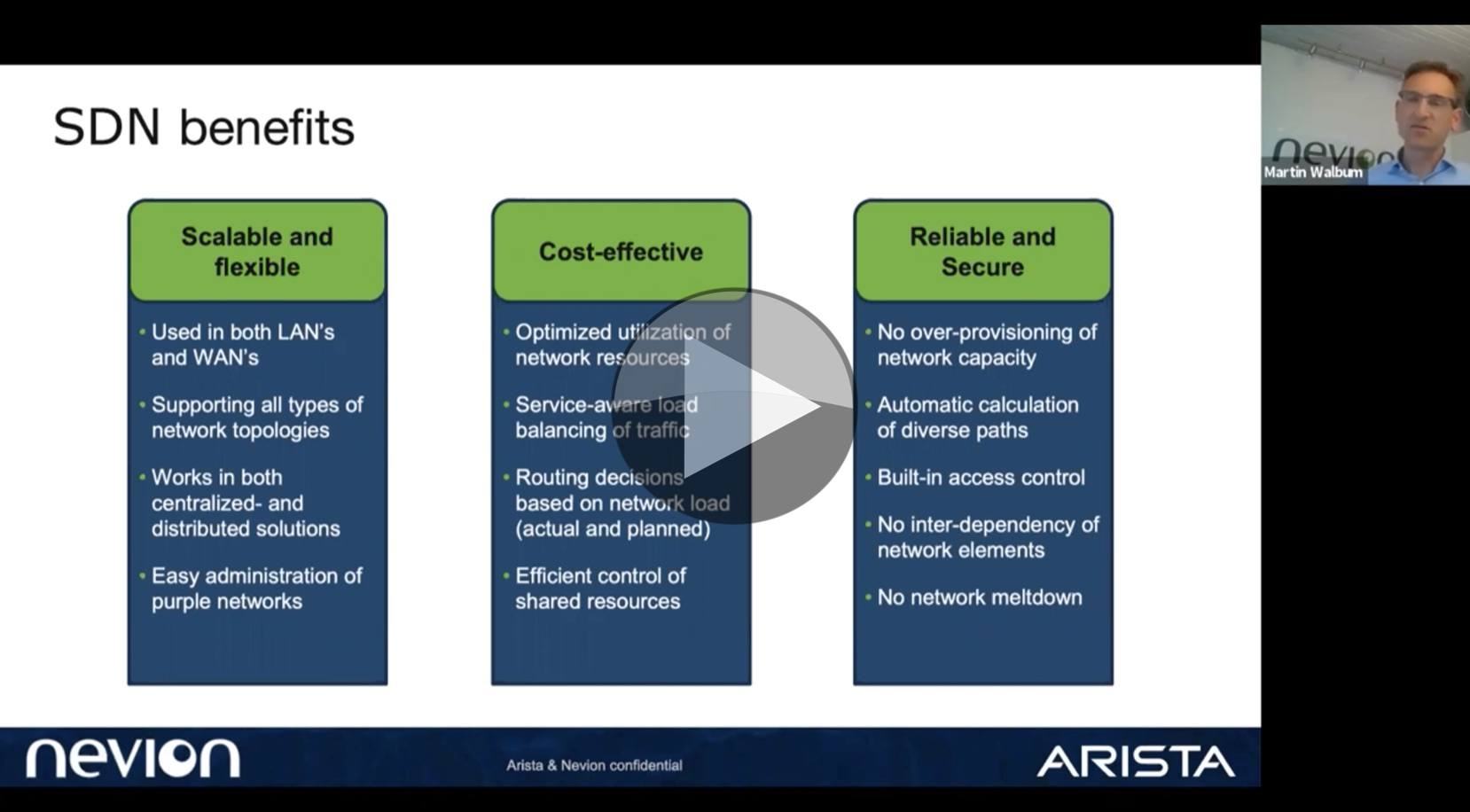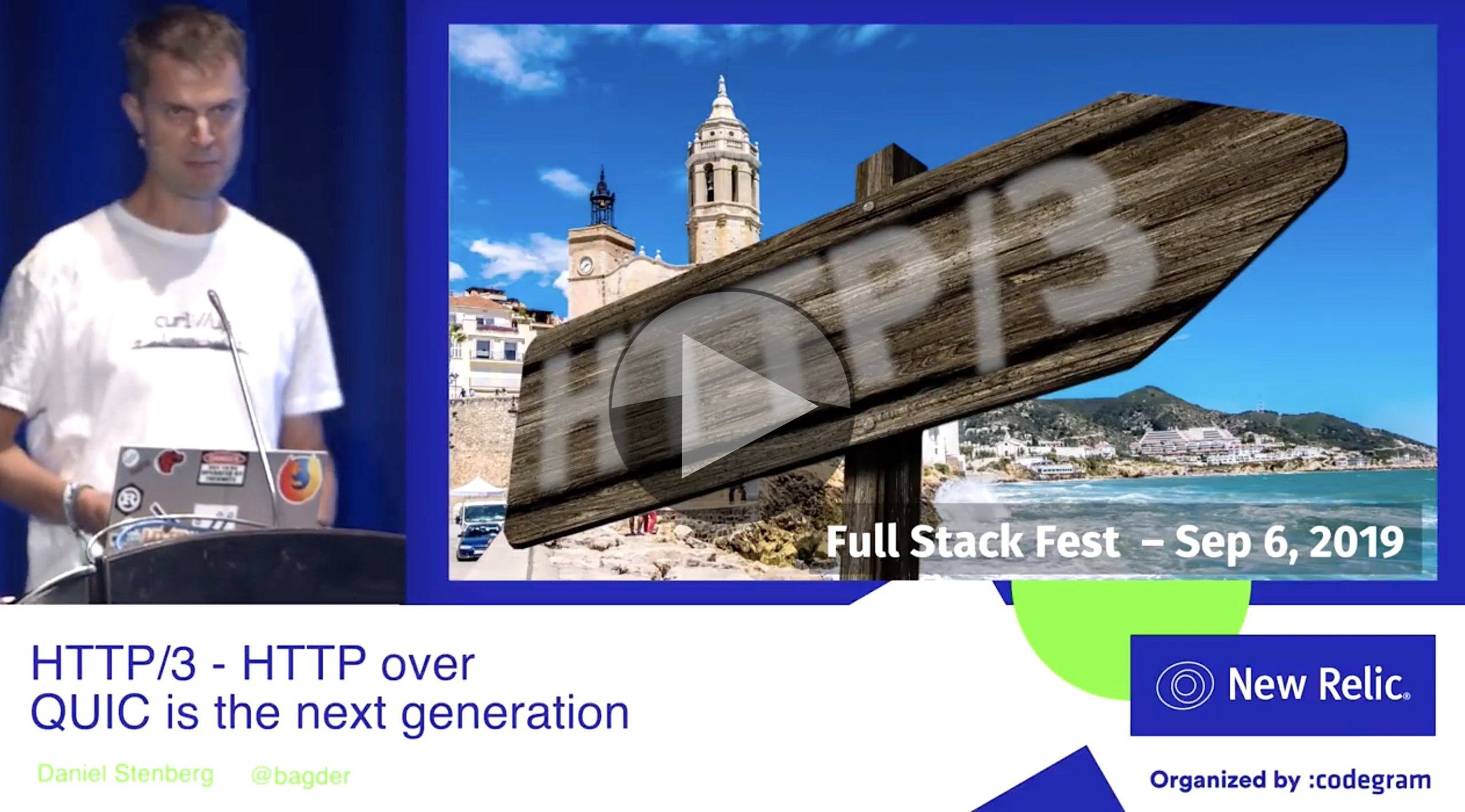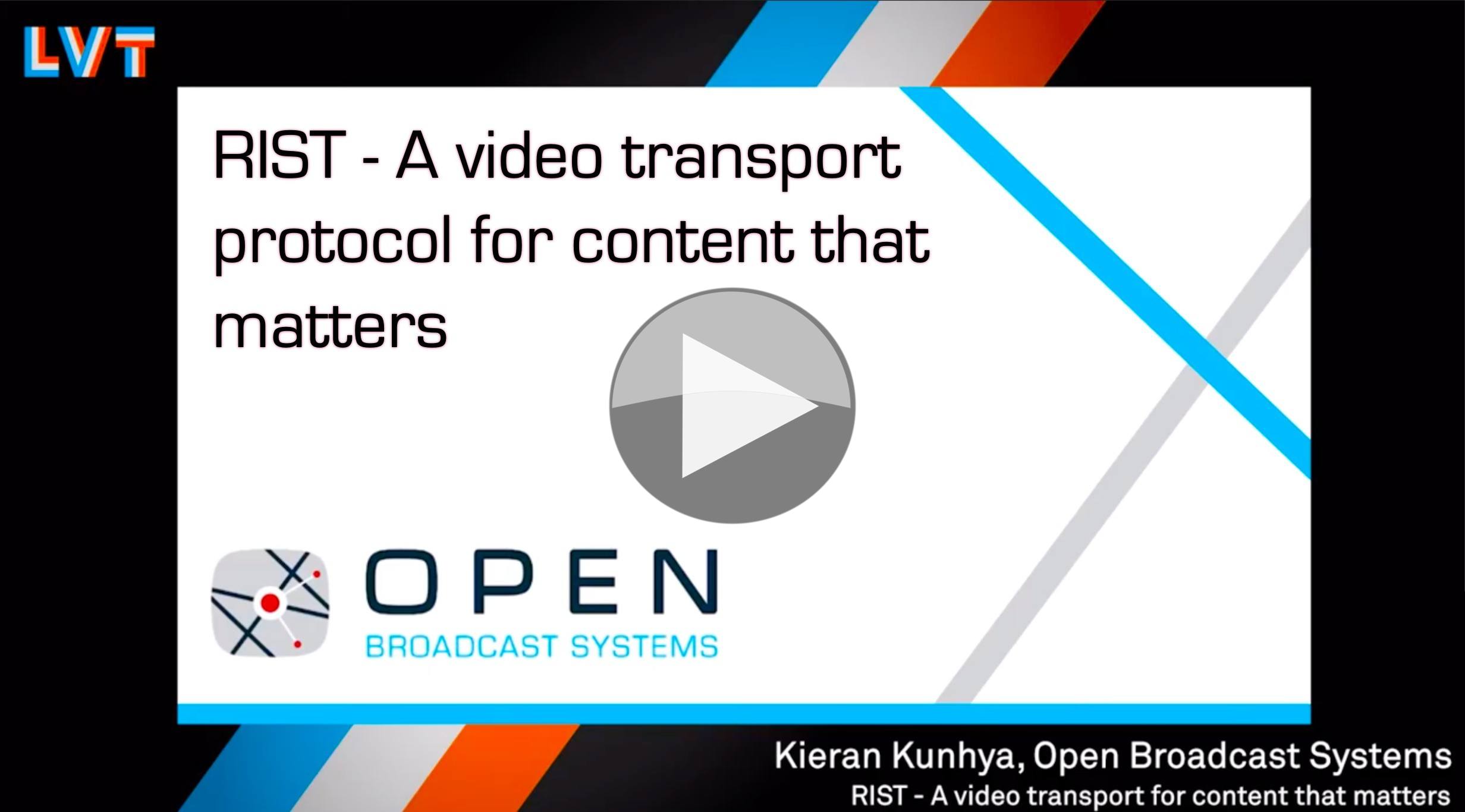Multicast ABR (mABR) is a way of delivering traditional HTTP-based streams like HLS and DASH over multicast. On a managed telco network, the services are multicast to thousands of homes and only within the home itself does the stream gets converted back unicast HTTP. Devices in the home then access streaming services in exactly the same way as they would Netflix or iPlayer over the internet, but the content is served locally. Streaming is a point-to-point service so each device takes its own stream. If you have 3 devices in the home watching a service, you’ll be sending 3 streams out to them. With mABR, the core network only ever sees one stream to the home and the linear scaling is done internally. Not only does this help remove peaks in traffic, but it significantly reduces the load on the upstream networks, the origin servers and smooths out the bandwidth use.
This video from DVB lays out the business cases which are enabled by mABR. mABR has approved the specification which is now going for standardisation within ETSI. It’s already gained some traction with deployments in the field, so this talk looks at what the projects that drive the continued growth in mABR may look like.
Williams Tovar starts first by making the case for OTT over satellite. With OTT services continuing to take viewing time away from traditional broadcast services, satellite providers are working to ensure they retain relevance and offer value. Delivering these OTT services is, thus, clearly beneficial, but why would you want to? On top of the mABR benefits briefly outlined above, this business case recognises that not everyone is served by a good internet connection. Distributing OTT by satellite can provide high bitrate, OTT experiences to areas with bad broadband and could also be an efficient way to deliver to large public places such as hotels and ships.
Julian Lemotheux from Orange presents a business case for next-generation IPTV. The idea here is to bring down the cost of STBs by replacing CA security with DRM and replacing the chipset with a cheaper one which is less specialised. As DASH and HLS streaming are cpu-based tasks and well understood, general, mass-produced chipsets can be used which are cheaper and removing CA removes some hardware from the box. Also to be considered is that the OTT ecosystem is continually seeing innovation so delivering services in the same format allows providers to keep their offerings up to date without custom development in the IPTV software stack.
Xavier Leclercq from Broadpeak looks, next, at Scaling ABR Delivery. This business case is a consideration of what the ultimate situation will be regarding MPEG2 TSes and ABR. Why don’t we provide all services as Netflix-style ABR streams? One reason is that the scale is enormous with one connection per device, CDNs and national networks would still not be able to cope. Another is that the QoS for MPEG2 transport streams is very good and, whilst it is possible to have bad reception, there is little else that causes interruption to the stream.
mABR can address both of these challenges. By delivering one stream to each home and having the local gateway do the scaling, mass delivery of streamed content becomes both predictable and practical. Whilst there is still a lot of bandwidth involved, the predictable load on the CDNs is much more controlled and with lower peaks, the CDN cost is reduced as this is normally based on the maximum throughput. mABR can also be delivered with a higher QoS than public internet traffic which allows it to benefit from better reliability which could move it in the realm of the traditional transport-stream based serviced. Xavier explains that if you put the gateway within a TV, you are able to deliver a set-top-box-less service whilst if you want to address all devices in you home, you can provide a separate gateway.
Before the video finishes with a Q&A session, Williams delivers the business case for Backhauling over Satellite for CDNs and IP backhaul for 5G Networks. The use case for both has similarities. The CDN backhauling example looks at using satellite to efficiently deliver directly to CDN PoPs in hard to reach areas which may have limited internet links. The Satellite could deliver a high bandwidth set of streams to many PoPs. A similar issue presents itself as there is so much bandwidth available, there is a concern about getting enough into the transmitter. Whether by satellite or IP Multicast, mABR could be used for CDN backhauling to 5G networks delivering into a Mobile Edge Computing (MEC) cache. A further benefit in doing this is avoiding issues with CDN and core network scalability where, again, keeping the individual requests and streams away from the CDN and the network is a big benefit.
Watch now!
Download the slides from this video
Speakers
 |
Williams Tovar Soultion Pre-sales manager, ENENSYS Technologies |
 |
Julien Lemotheux Standardisation Expert, Orange Labs |
 |
Xavier Leclercq VP Business Development, Broadpeak |
 |
Moderator: Christophe Berdinat Chairman CM-I MABR, DVB Innovation and Standardisation Manager, ENENSYS |










